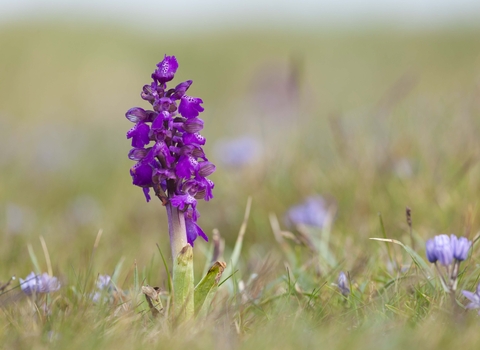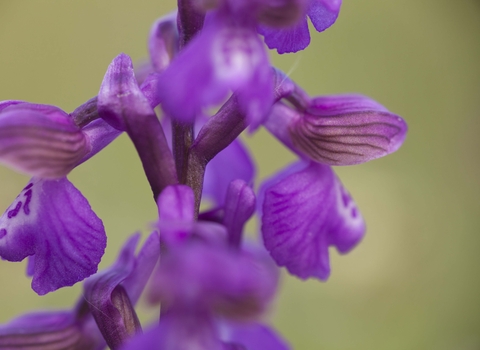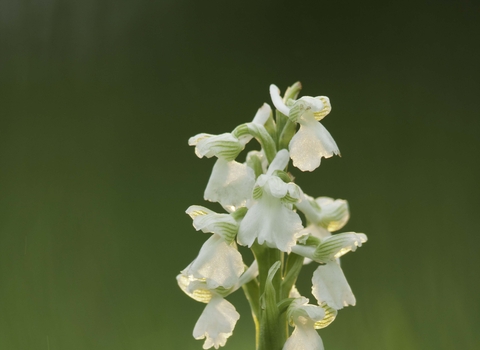
©Mark Hamblin/2020VISION

©Mark Hamblin/2020VISION

©Guy Edwardes/2020VISION
Green-winged orchid
A short, but pretty plant of unimproved grasslands, the Green-winged orchid gets its name from the green veins in the 'hood' of its flowers. Look for it in May and June.
Scientific name
Anacamptis morioWhen to see
May to JuneSpecies information
Category
Statistics
Height: 7-15cmClassified as Near Threatened on the Vascular Plant Red Data List for Great Britain.
